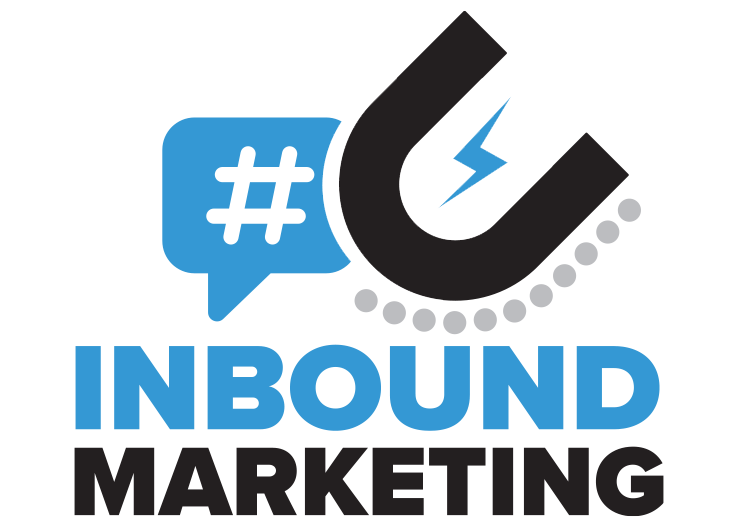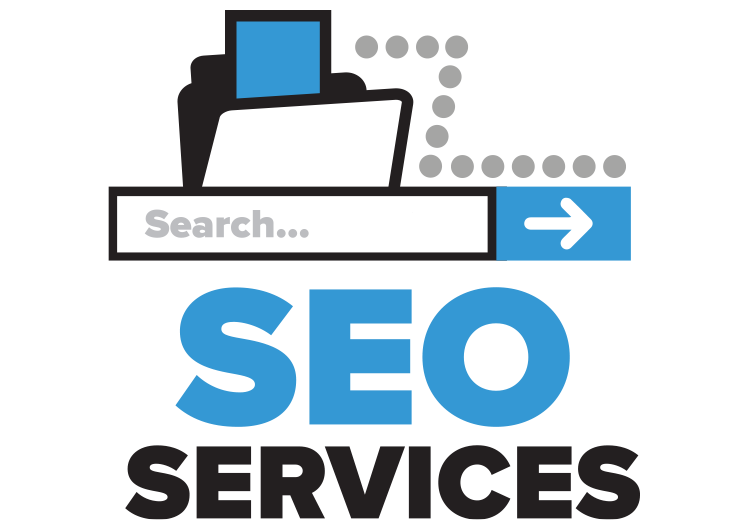
Let’s continue our long and arduous journey through the ins and outs of inbound marketing. So far, we’ve touched on what inbound marketing is, the foundations of inbound marketing, and the content strategy tips you should implement to boost engagement and expand your audience. On today’s agenda, we will expound on two of the most critical aspects of inbound marketing: pillar pages and topic clusters.
What Are Pillar Pages?
A pillar page is a website page that covers main topics, where you link subtopics that go more in-depth on the original topic. The linked pages are called topic clusters, which are built within the page to help users navigate appropriately (don’t worry, we will explain more later). Pillar pages can serve as a table of contents or landing page because they link to individual aspects of the main topic and provide a pathway for your audience to uncover other related content within your website.
What Are Topic Clusters?
Topic clusters are groups of content that relate to a central topic (also known as the pillar page). The most fundamental part of creating a topic cluster is to ensure that the content is a sub-topic of your central topic. Doing so will allow your topic clusters to serve as strategic internal linking that will assist your audience in discovering more information and diving deeper into what your website has to offer.
How to Reap the Benefits of Pillar Pages and Topic Clusters?
Hacky SEO tactics aren’t enough to get you found online anymore. Search engine algorithms are created to detect that a mile away. That’s because search engines have gotten great at filtering content based on user intent and the value provided by the content on your website. That means that your content has to work for both the user and the search engine.
But how exactly do you make that happen, you ask?
Well, it’s actually pretty easy!
You basically create an authoritative and comprehensive page on a topic. Then your pillar pages will link to other pages, such as service pages and blog topics that relate to the original pillar page topic. In turn, those same topic pages should link back to the original pillar page. When you connect your pillar pages and other subtopic pages you create an internal linking structure.
The point is that by using topic clusters, pillar pages, and an internal linking structure, your site can establish itself as an authoritative source of information on a topic your audience finds valuable. And in doing so, you’ll create a great user experience because your site is well-organized.
Conclusion
Learn more about inbound marketing by checking out Greyphin’s The Art of Inbound Marketing eBook, where we explore these concepts in-depth! And, as always, feel free to contact us if you have any questions about our inbound marketing services!









